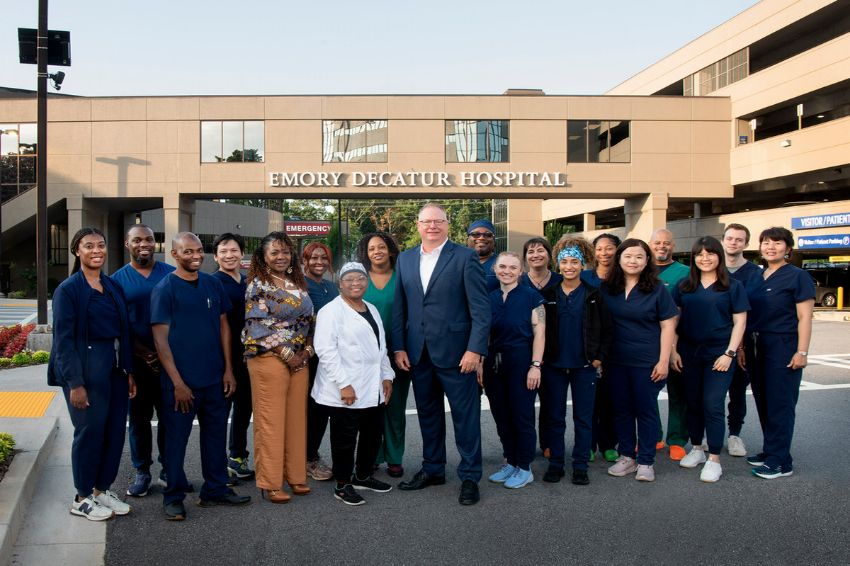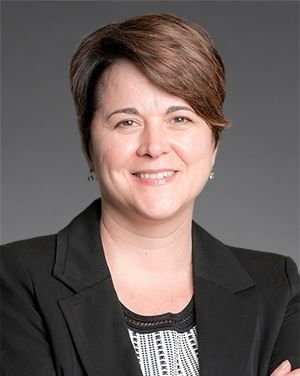Emory Heart and Vascular recently reached another major milestone in the innovative treatment and care for patients with advanced heart failure, implanting its 1000th durable ventricular assist device (VAD) on December 10.
Since its introduction in the 1960s, VADs have long been a vital alternative for patients whose hearts are in end-stage failure, but who do not qualify for a transplant or would not receive a transplant in time.
And it’s a full team effort.
“Each patient’s care requires significant effort and countless hours of work and coordination from our surgeons, cardiologists, VAD engineers, social workers and coordinators,” says cardiothoracic surgeon Tamer Attia, MD, who performed the 1000th implantation at Emory University Hospital.
Emory is one of the top five programs in the nation to surpass 1000 LVADs, joined by Duke, Texas Heart Institute, Cleveland Clinic and Columbia.
Emory Healthcare has a rich history of pioneering advancements in heart care, particularly in the use of LVADs, so-called because VADs are implanted almost always on the left side. In 1999, Emory cardiothoracic surgeon David Vega, MD, made history by implanting the first VAD in Georgia to be used as a bridge to transplant. That same surgical team later achieved another breakthrough in 2006, when they implanted the state’s first VAD as a means of providing permanent therapy.
In addition to the VAD achievement, the Emory Heart and Vascular team also marked another milestone on December 3, implanting the 500th Impella 5.5, another crucial option for end-stage heart failure patients who have progressed to cardiogenic shock, a clinical state that is critical and life-threatening.
The Impella is a temporary mechanical circulatory support device that was first introduced in 1999, which has transformed the landscape of cardiac care by providing crucial circulatory support for patients experiencing severe heart failure. In short, an LVAD is a long-term pump for heart failure while an Impella is a short-term pump for emergency situations.
Developed by a company called ABiomed, in the 20 years since its introduction, the Impella has undergone continuous improvements to its design and function with the most recent version, the 5.5 receiving approval from the FDA for mechanical circulatory support in 2019.
“LVADs are made to be more durable, meaning that they are designed to be implanted in patients to allow them to leave the hospital and go back home to live their daily lives. While the Impella 5.5 is a temporary LVAD and can only be used while patients are in the hospital,” says Attia.
Emory has been at the forefront of many clinical trials that helped make these options possible for patients, according to Divya Gupta, MD, Emory heart failure and transplantation cardiologist and associate professor in the Department of Medicine.




